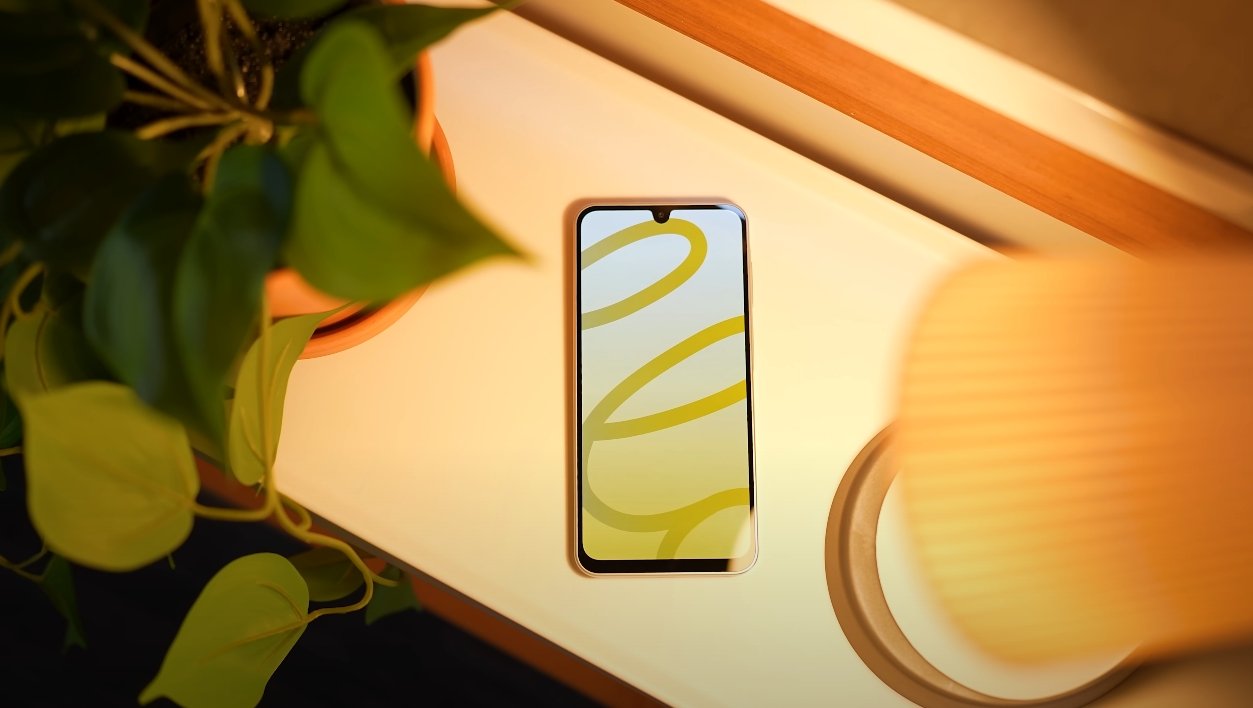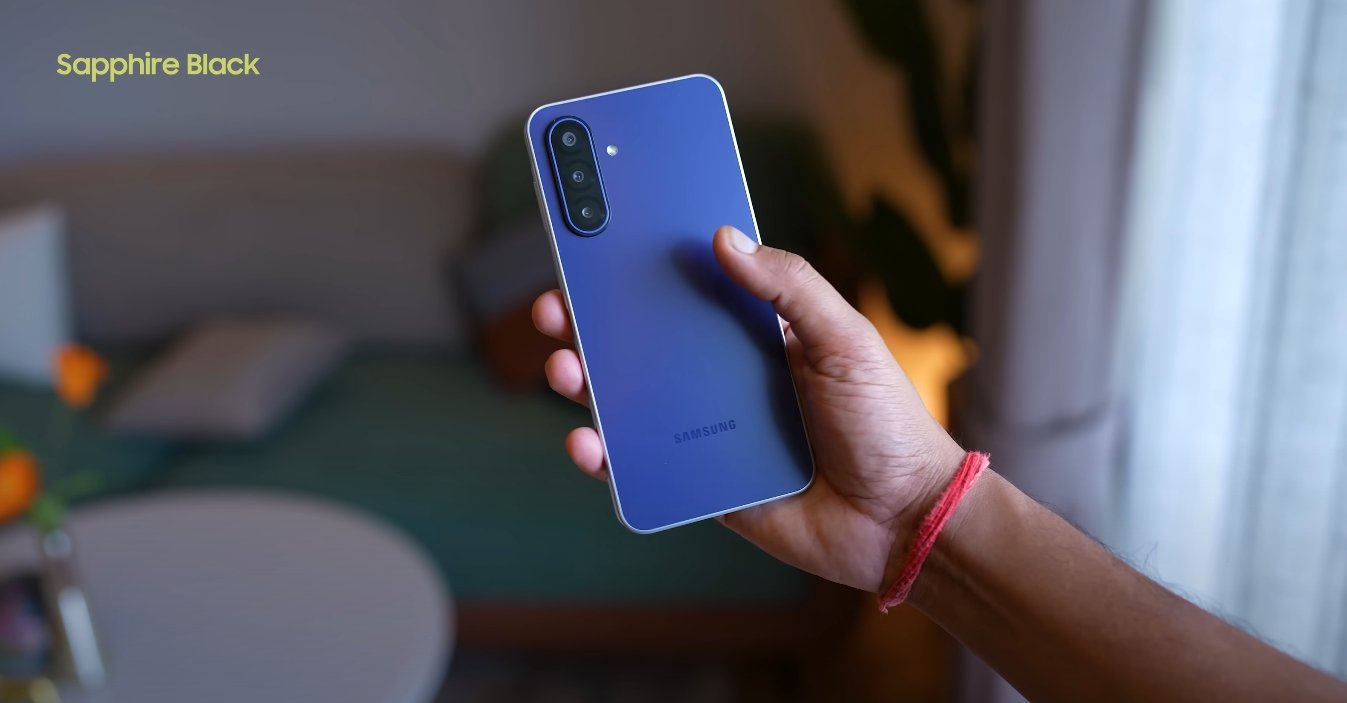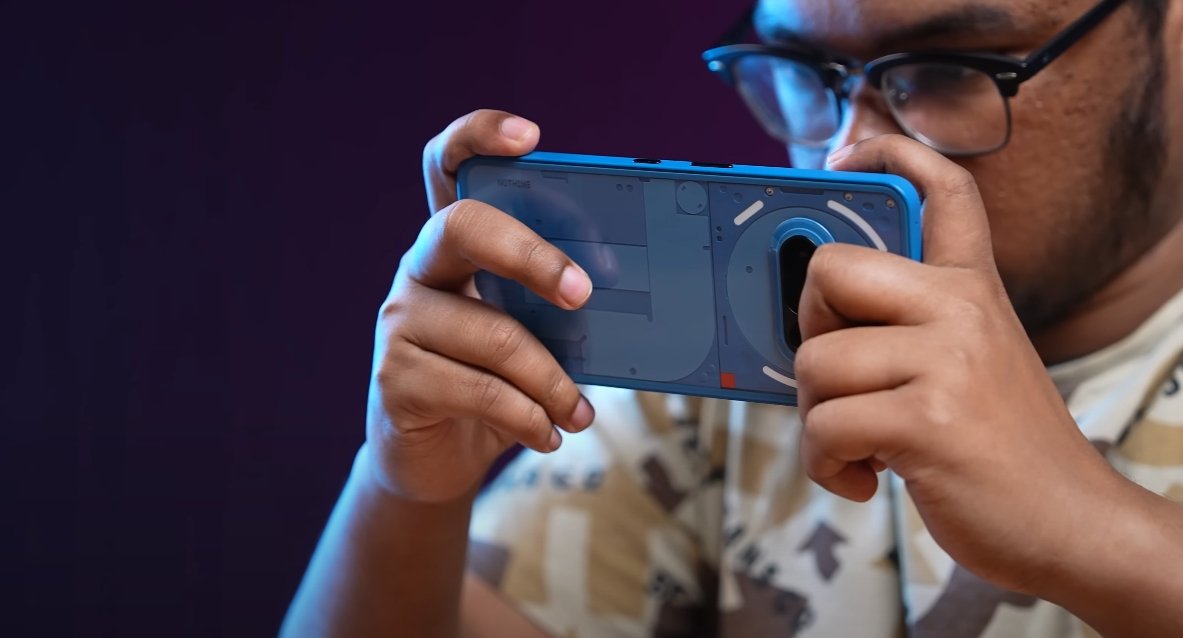Which U.S. Networks Will Support Samsung’s Upcoming 5G Midranger
As anticipation builds for the launch of the Samsung Galaxy M17 5G in the United States, many prospective buyers are eager to know which carriers will support the device. While Samsung has not officially confirmed the U.S. variant’s network compatibility, early documentation and international specifications provide strong clues about what users can expect. The phone’s global version supports a wide range of Sub-6 GHz 5G and LTE bands, making it likely to work well with most major American carriers once officially released.
The Galaxy M17 5G is equipped with broad 5G band coverage, including n1, n3, n5, n7, n8, n28, n40, n41, n66, n77, and n78. These frequencies are among the most commonly used worldwide and provide reliable support for midband and lowband 5G. The device also includes extensive LTE band compatibility, ensuring strong fallback coverage in areas where 5G connectivity remains limited. With this combination, Samsung is positioning the M17 5G as a global-ready phone capable of adapting to multiple regions, including the U.S. market.
In the United States, the three largest carriers—T-Mobile, AT&T, and Verizon—each operate on different 5G frequencies. Based on the M17 5G’s known specifications, T-Mobile appears to be the most compatible carrier. The phone supports band n41 (used by T-Mobile’s 2.5GHz midband spectrum) and n77/n78, which T-Mobile has begun expanding across metropolitan areas. This means that the Galaxy M17 5G should deliver strong and consistent 5G speeds for T-Mobile customers, particularly in cities where midband coverage dominates.
AT&T customers can also expect solid performance from the Galaxy M17 5G. The device’s inclusion of bands n5 and n77 aligns well with AT&T’s nationwide 5G rollout strategy. These bands power both lowband and midband 5G service, offering wide coverage and stable connectivity. With the right firmware optimizations and carrier certification, the M17 5G should integrate seamlessly into AT&T’s 5G network. Users can anticipate reliable connectivity for streaming, gaming, and everyday mobile tasks, especially in urban and suburban zones.

Verizon, on the other hand, may offer a more limited experience with the Galaxy M17 5G. While the phone supports band n5, which covers Verizon’s lowband 5G network, it does not appear to support mmWave frequencies, which Verizon relies on for ultra-fast 5G performance in select high-density areas like stadiums and downtown districts. Without mmWave compatibility, M17 5G users on Verizon may see slower maximum speeds compared to Samsung’s flagship devices. However, for typical coverage areas, especially where Verizon has expanded its lowband and C-band services, the device should still function adequately.
Regional and prepaid carriers such as Cricket Wireless, Metro by T-Mobile, and US Cellular are also expected to support the M17 5G, as they operate on the same core networks as the major carriers. The level of compatibility will depend on the U.S. model’s firmware and which specific 5G bands Samsung activates. Since Samsung typically tailors each region’s version for local networks, the American variant will likely include all major LTE and Sub-6 GHz bands necessary for national coverage.
It’s worth noting that the Galaxy M17 5G may not support mmWave 5G technology, which remains limited to certain flagship devices. While this means users won’t reach the ultra-high speeds possible with mmWave in select areas, Sub-6 GHz 5G coverage provides a more balanced experience, offering widespread availability and better indoor penetration. Most users will find that the M17 5G’s connectivity performance meets their daily needs, delivering consistent speeds and low latency across major carriers.
In summary, based on available data and industry analysis, the Samsung Galaxy M17 5G is expected to be compatible with all major U.S. carriers, with the best performance likely on T-Mobile and AT&T networks. Verizon users will still enjoy dependable service, though without access to its highest-speed mmWave zones. As Samsung prepares for an official American launch, the company will likely confirm carrier partnerships and full band support, ensuring that the Galaxy M17 5G is optimized for the diverse U.S. 5G landscape. With its broad compatibility, the device is shaping up to be an attractive midrange option for users seeking affordability without sacrificing network performance.
Also Read: Apple iPhone Air carrier deals and offers in the USA





